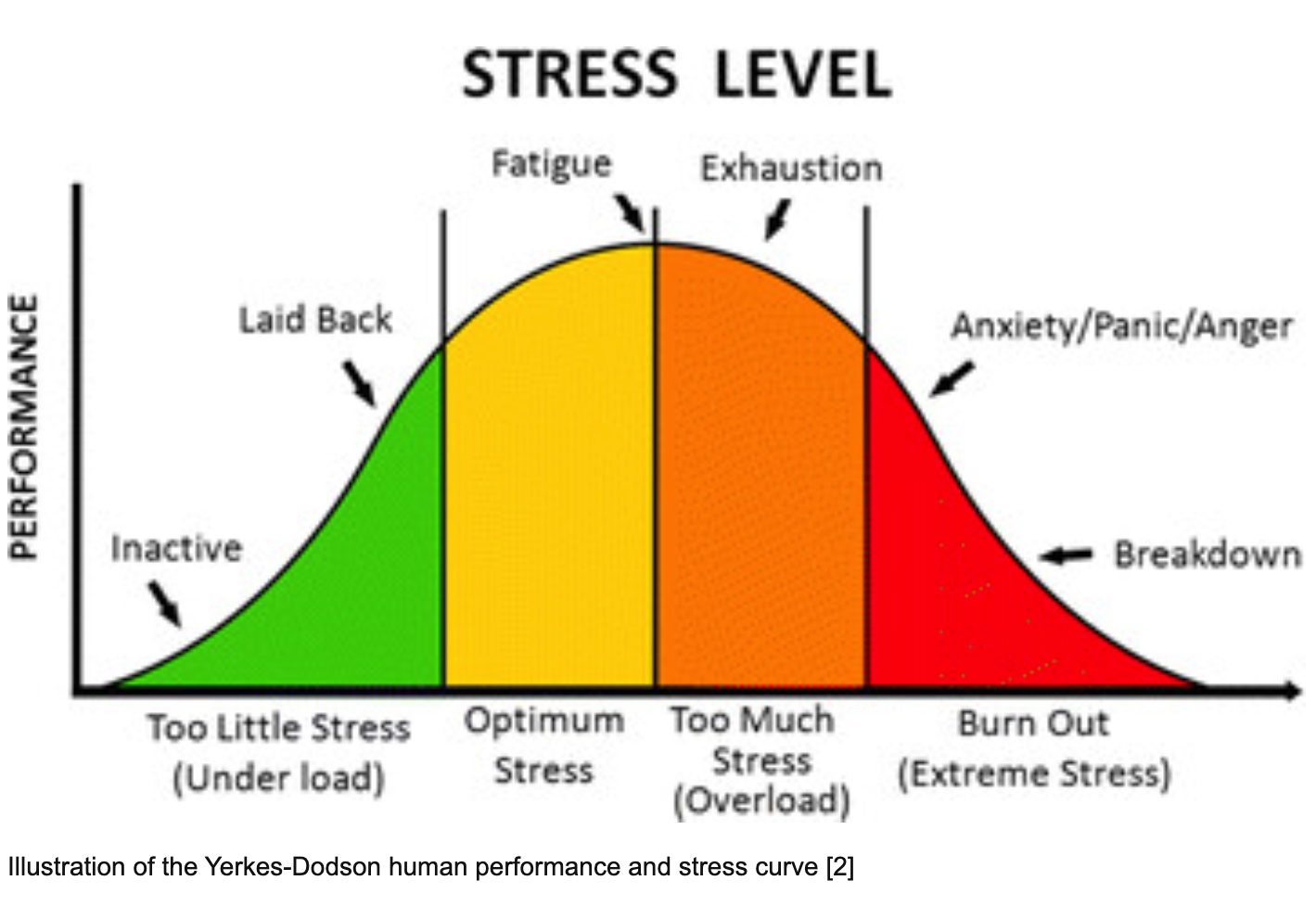How to Avoid Burnout and Create a Sustainable Work-Life Balance
Author: Irene Ziemba
The first half of this year felt like a non-stop sprint. As a member of a small team in a booming business a lot of mental strength was required for me to keep the trains running on time. I was constantly trying to convince myself that I just needed to ‘get through’ each week, then things would calm down, but even I stopped believing that.
Eventually, my mind and body told me it was time to reset my relationship with work. Because I work with powerful women in our programs, I knew that it wasn’t just me. The unfortunate truth is, we live in a burnout culture where martyrdom is celebrated in countless ways that hold everyone back, but can have an outsized effect on women.
Burnout is on the Rise, Worldwide
I decided to take my own advice and invest in myself by attending a recent Gallup at Work Summit. The virtual conference introduced the alarming rates of burnout on the rise worldwide. Burnout was such a focal point that much of the summit was devoted to conversations about employee wellness and curbing chronic stress.
As the Programs Manager at Bossed Up, these topics aren’t foreign to me. We cover burnout and sustainability in our Level Up program, but it’s always good to continue the conversations outside of our own curriculum.
The biggest takeaway I got from the conference was a chart shared by one of the workshop speakers based off of the Yerkes-Dodson Human Performance and Stress Curve. It describes the relationship between cognitive performance and stress level, and shows that although some stress is great for performance, too much stress can lead to reduced cognitive performance, exhaustion, and burnout.
Far too often in our society, we expect to be performing well while in the orange and red levels of stress (and it's actually celebrated!), when we should really be aiming for the yellow zone. Based on this information, I walked away feeling renewed, refreshed, and ready to reframe my relationship with work to keep me out of the red zone .
I walked away from this event feeling renewed, refreshed, and ready to reframe my relationship with work. Here are my top strategies that I found most impactful for anyone on the verge of burnout who wants to create a more sustainable approach to work.
Be realistic with how you spend your time
It’s easy to think we can get a million things done in a day. I’m constantly overestimating how much I can get done, and underestimating how much time I need to accomplish any given task. Remember that not every productive task feels like a huge win or like you’re crossing a big item off your To Do list. It’s okay to spend time thinking and learning, especially if that’s important for you and for your role and organization.
Allowing yourself to have realistic standards about how much you can actually get done in a day helps you stay productive, while avoiding overwhelm and burnout (which are represented in the chart above by the orange and red zones).
Normalize conversations about work life balance
Part of making sure you don’t hang out in the orange and red zones of the stress curve means making sure that you are taking care of yourself personally in addition to getting your work done. But this is hard in our capitalistic society that encourages burnout and overstretching yourself!
Think about what fuels you - i.e. moving your body, stimulating your mind, interacting with others, resting, whatever it is! - and then talk to others about how you can prioritize these energy-giving activities in your work week.
It’s important to be candid about prioritizing yourself and modeling this behavior for others, because when we show how we’re prioritizing ourselves, it gives those around us tacit permission to prioritize themselves, too. That’s especially true when you’re a leader and manager.
Celebrate sustainability, not martyrdom
It is easy to only feel like we are only worth celebrating when we are grinding hard every day - frankly, at a pace that feels unsustainable long- term and will lead you to wind up in the orange or red zone in the stress curve.
My challenge to you is to celebrate yourself when you’re hitting your goals, doing great work, and showing up for yourself - but not at the cost of your personal sustainability.
What can this look like? At Bossed Up, we’re often talking about our workflows, our stress and energy levels, and how things are going for us.
Instead of celebrating when each of us is over-functioning, we often celebrate wins like “I got all my work done for the day and logged off and meditated” or “I took a break at lunch and did my dance fitness class”
The key here is to celebrate sustainable success, rather than glorifying when we’re full-out sprinting. This doesn’t mean you're not doing a great job! It means that you’re holistically thinking about your work, life, and wellness, and not setting yourself up for long-term failure.
How are you investing in yourself?
Reframing your relationship with work doesn't mean you need to start from scratch. The lesson I learned here is: investing in yourself for even just an hour a day can really keep burnout away.
If you’re a first-time or current team manager that wants to learn more strategies to create an environment where you and your team will thrive. We’re launching our last Level Up cohort of the year this September and I invite you to invest in yourself to grow as a leader and reframe your relationship with work.
Got a career conundrum you want us to cover on the podcast? Leave a voicemail at 910-668-BOSS(2677) or shoot us an email at info@bossedup.org.











